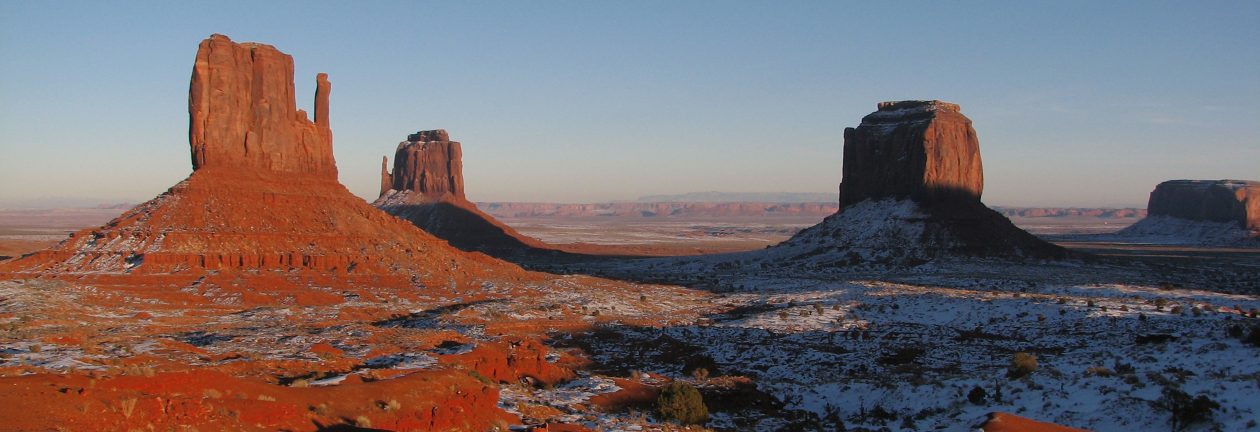Barcelona, Spain
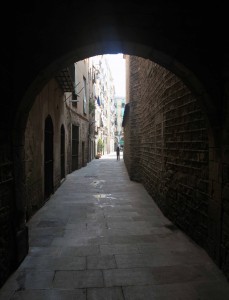
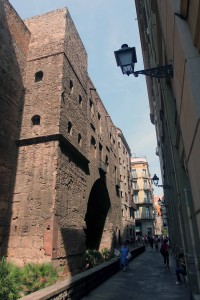
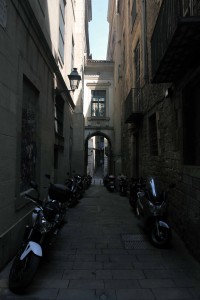
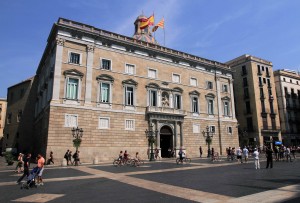
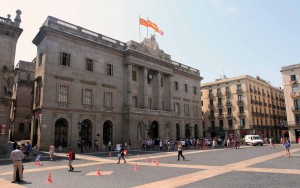
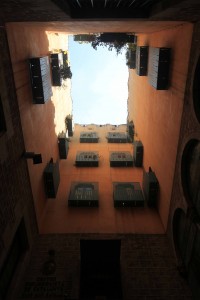
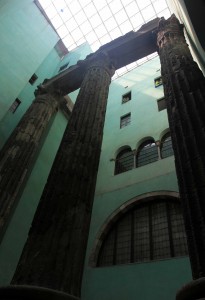
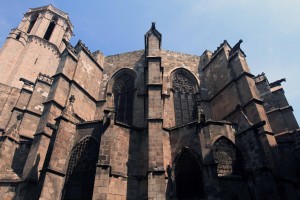
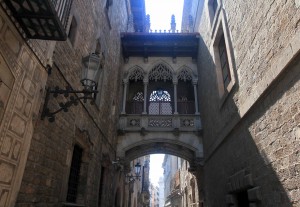
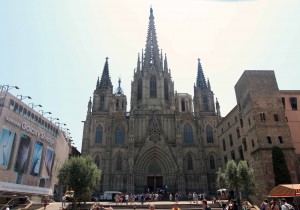
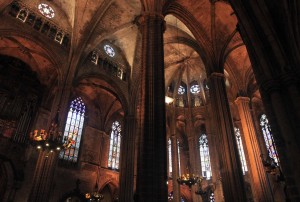
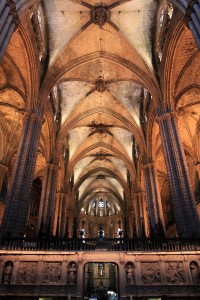
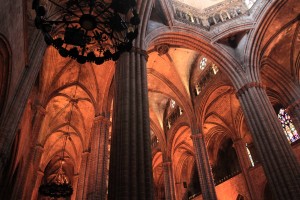
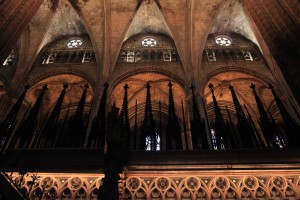
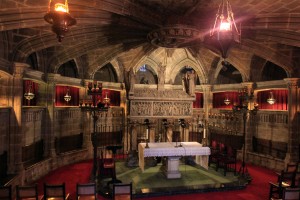
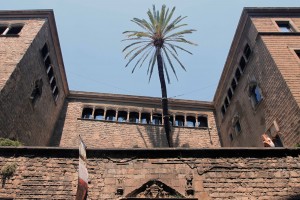
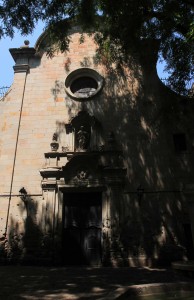
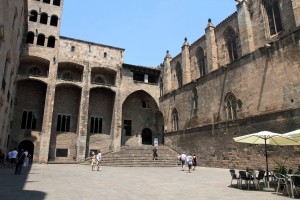
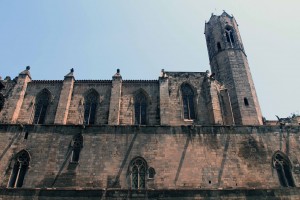
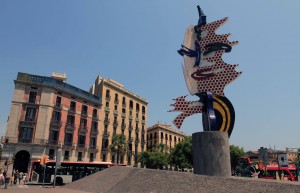
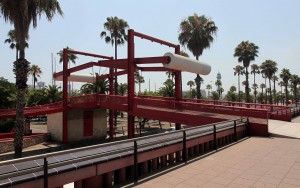
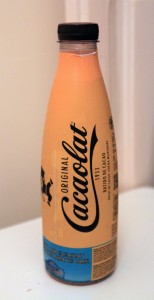
I woke up today at 08:20, shaved, showered, dressed, and got ready to see Barcelona. Michelangelo had come down with a stomach virus and was feeling terribly ill, so he would not be joining me today. I left the apartment at 09:00 and walked to the Picasso Museum. Upon reaching the museum, I checked in (having bought my ticket online the day prior) and was given an audio guide. I then stored my camera and tripod in a locker (no photographs allowed) and waited until 09:50 to begin walking around (the tickets are sold for specific times and I had to wait about fifteen minutes). At 09:50, I began my tour. This museum primarily focuses on Pablo Picasso’s early works and I saw some nice paintings he had created during his teenage years (some were made when he was just thirteen and already showed great skill), sketches, paintings from his “Blue Period” and “Rose Period,” and some later artwork as well (e.g. 57 works that shape his personal interpretation of Velazquez’s ‘Las Meninas’ – created in 1957 AD; I also saw various ceramics created by Picasso (vases and plates). Overall, I thought this museum was very worthwhile and by focusing on his early career, as well as covering his entire history (the audio guide helped here), one can clearly see the evolution (or devolution) of his art – starting from a formal/academic method of painting, moving to work that was influenced by his time in Paris whilst studying the Post-Impressionist paintings (clear influences of Cézanne and Cross could be seen in some of Picasso’s works), and then on to his more personalized paintings and his various phases (Blue Period, Rose Period, Cubism, Crystal Cubism, Surrealism, etc.). After walking through the entire museum, I grabbed my camera and tripod and walked to the Gothic Quarter of Barcelona (pretty much right next to where I was). I then followed the Gothic Route (a trail through the quarter that passes by all the sites of interest that someone had put together along with many other routes through Barcelona – there is a guidebook with all this information, but I just found the necessary images on the internet to guide me) and walked past an old Roman wall, the Plaça Sant Just (reputedly the burial place of the city’s first Christian martyrs), the Plaça de Sant Jaume (where the Palace of the Generalitat of Catalonia and the City Hall are located), the Temple of Augustus (all that is left is four columns that had been rebuilt from ruins which now stand in the center of an apartment complex), and the Barcelona Cathedral. I then entered inside the cathedral, which is known as the “Cathedral of the Holy Cross and Saint Eulalia” and walked around its interior. This is a Gothic cathedral that was constructed from the thirteenth- to the fifteenth-centuries AD and it is the final resting place of Saint Eulalia (she is entombed in the crypt). After exploring the inside of the cathedral, I exited the building and continued my tour on the Gothic Route. Next, I walked by the Church of Saint Sever, the Plaça Sant Felip Neri (where there is a Baroque church that still shows scars from the Spanish Civil War – a bomb dropped here in January 30, 1938, killing 42 people), more Roman walls, the façade of the Barcelona Cathedral, and the Plaça del Rei (a fourteenth-century AD medieval public square that is surrounded by the Palau Reial Major, which was a residence of the counts of Barcelona and, later, of the Kings of Aragon). I then returned to the Plaça de Sant Jaume before leaving the Gothic Quarter and walking to the Port Vell Marina. On the way to the marina, I crossed one of the modern, red drawbridges over a highway. I then turned from the marina and walked back towards the apartment; on the way, I bought some liquids, a bottle of Spanish Rosé, and snacks. Once back at the apartment, I checked on Michelangelo and then laid down for a short nap. Unfortunately, I don’t do naps very well and instead of waking up at 16:00 like I intended to, I slept until about 18:00. I had wanted to go to the beach, but now I deemed it was too late and the sun was too low in the sky. So, I hung around the apartment, ate my snacks (cheese and salami) and drank the bottle of Spanish Rosé, and did laundry (after figuring how the washing machine in the apartment worked (thanks internet), I then hung my clothes out to dry). I then had some coffee and cookies while I bullshitted on the internet. I didn’t get much work done today and I eventually retired to my room and bed around 03:00. Unfortunately, I was restless in the heat and could not sleep (the coffee probably didn’t help). It was not until around 05:00, when I finally dozed off.
